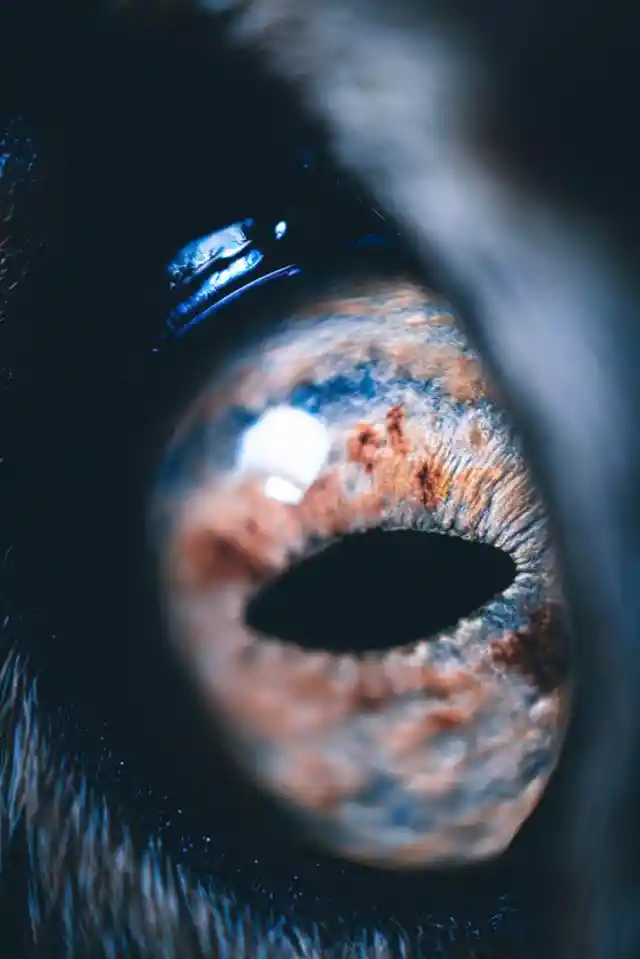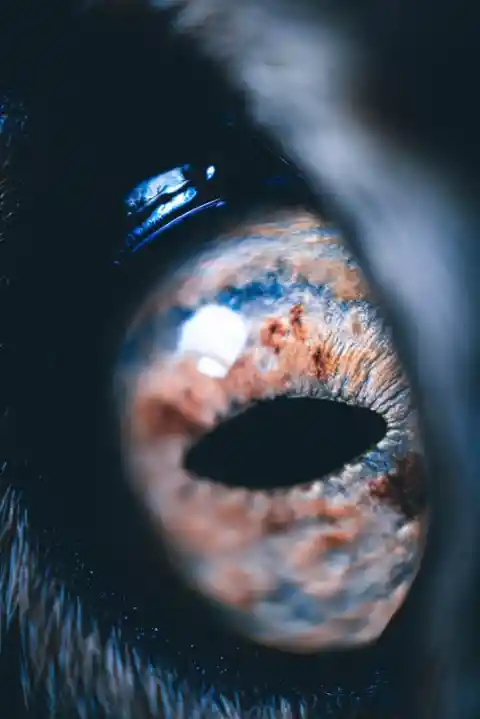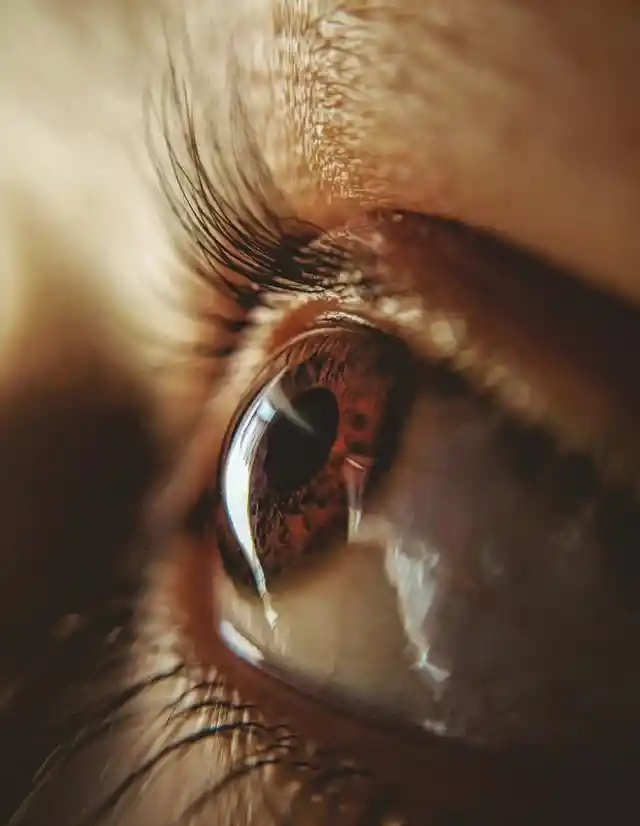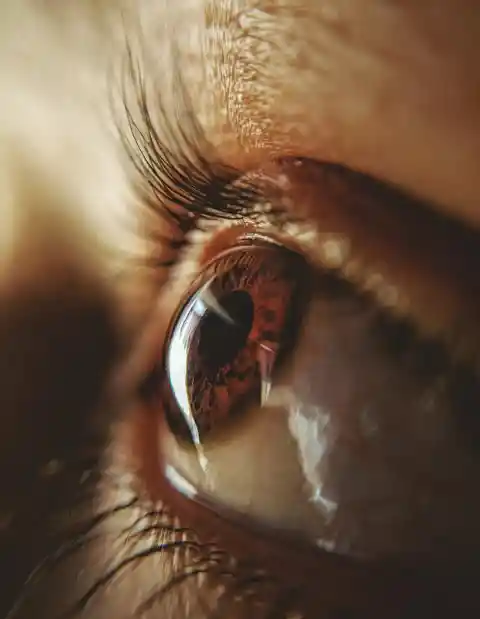For years, the use of prosthetics has given people who have lost limbs and organs a way back to some kind of normality. And while a prosthetic leg might never feel quite the same as a full leg, it can definitely be very useful for those in need. Prosthetic technology is improving all the time, too, and the development of a new prosthetic eye could be a game-changer for the industry.


This new technological advancement has seen the ability to create a prosthetic eye become a possibility. One seen as a dream within the prosthetics industry, new advancements in recent years have made this pipe dream a reality. These new bionic eyes might sound like something from a sci-fi movie, but they could give those without vision a chance to see the world for themselves.
This new form of prosthetic is the result of tireless work between research teams from the United States and Hong Kong, respectively. They utilized a human eye and used that as the base model. By using this base, they were able to create a near-replica of the human eye – right down to the structure and the presence of photoreceptors within the eye itself. The hard part was creating the nerves that were so important. The creation of micro-wires, developed using liquid metal, ensured that the eye was given a full working system from the inside.
To someone who did not know that this was a bionic eye, they would find it hard to tell. What is more important, too, is the fact that this new bionic eye can provide a function as opposed to simply acting as a placeholder.


What kind of vision can the prosthetic eye provide?
According to studies around the eye, it can provide as much as 80% of the vision that a person would need in a bionic eye. While we are still some ways away from this being an available transplant that someone can receive – at least five years, according to most reports – this is an illuminating and exciting development within the industry.
Shortly, then, we might be able to add eyes to the list of organs and human body parts that we can replace with the power of technology.